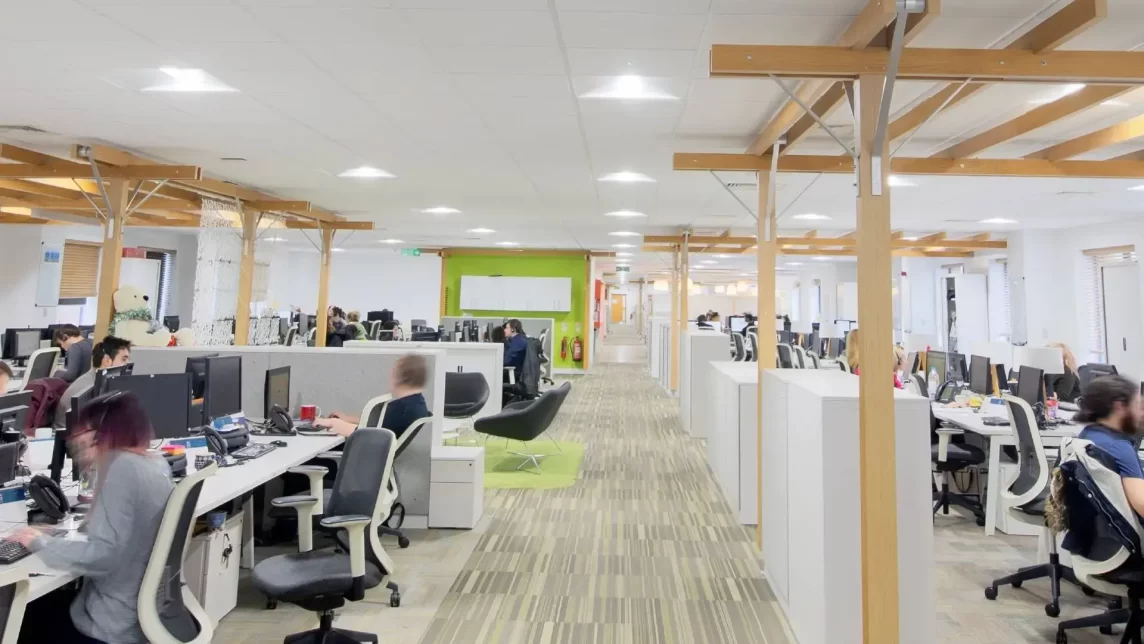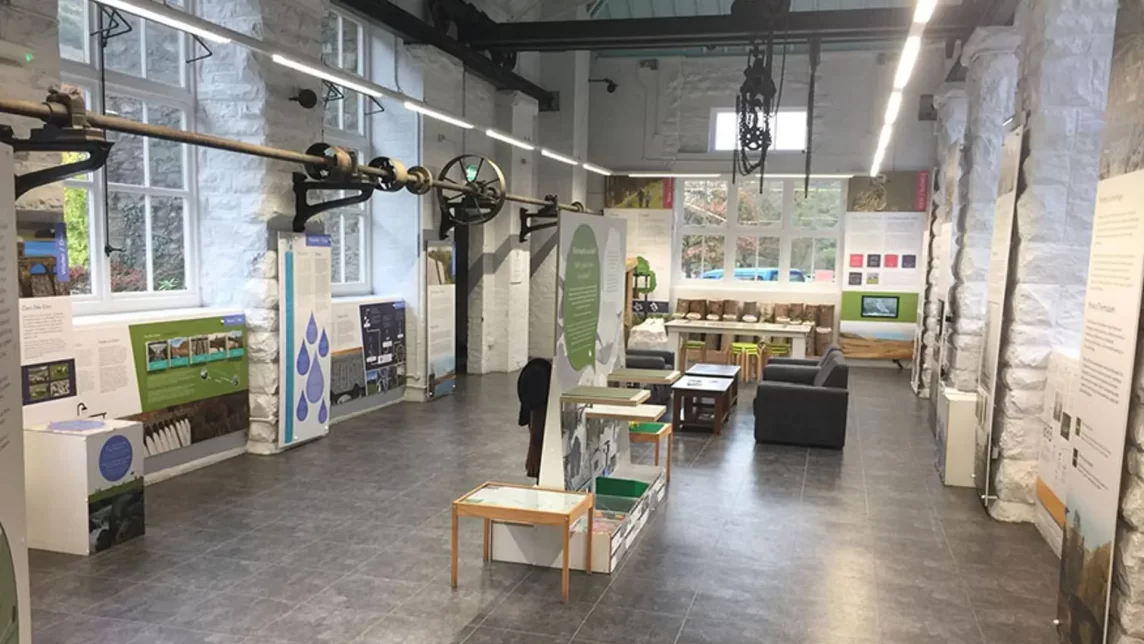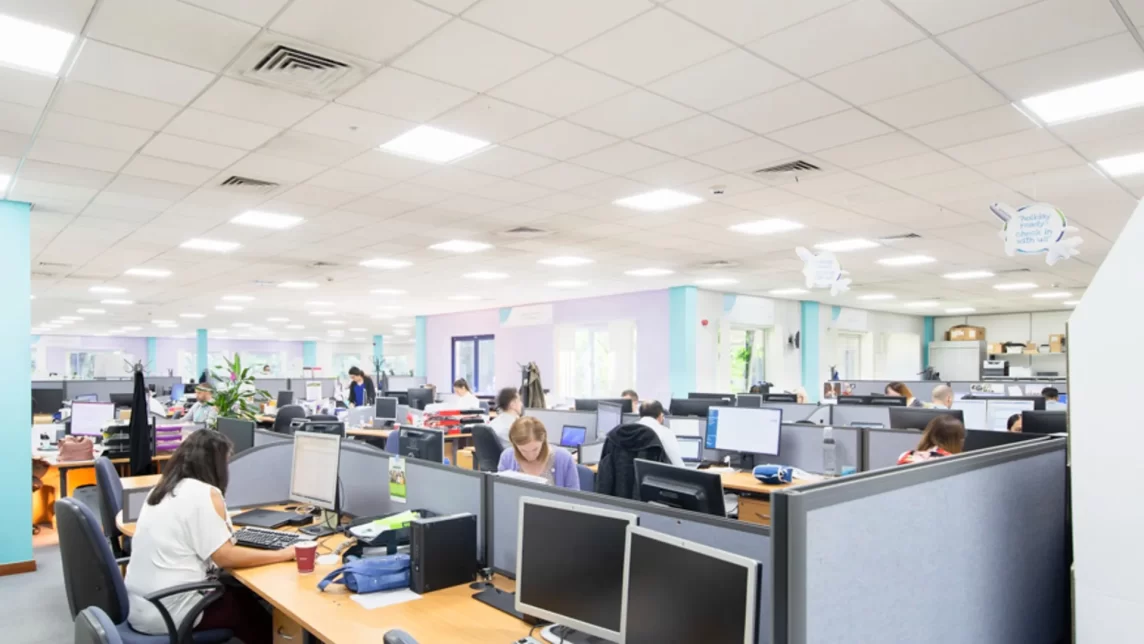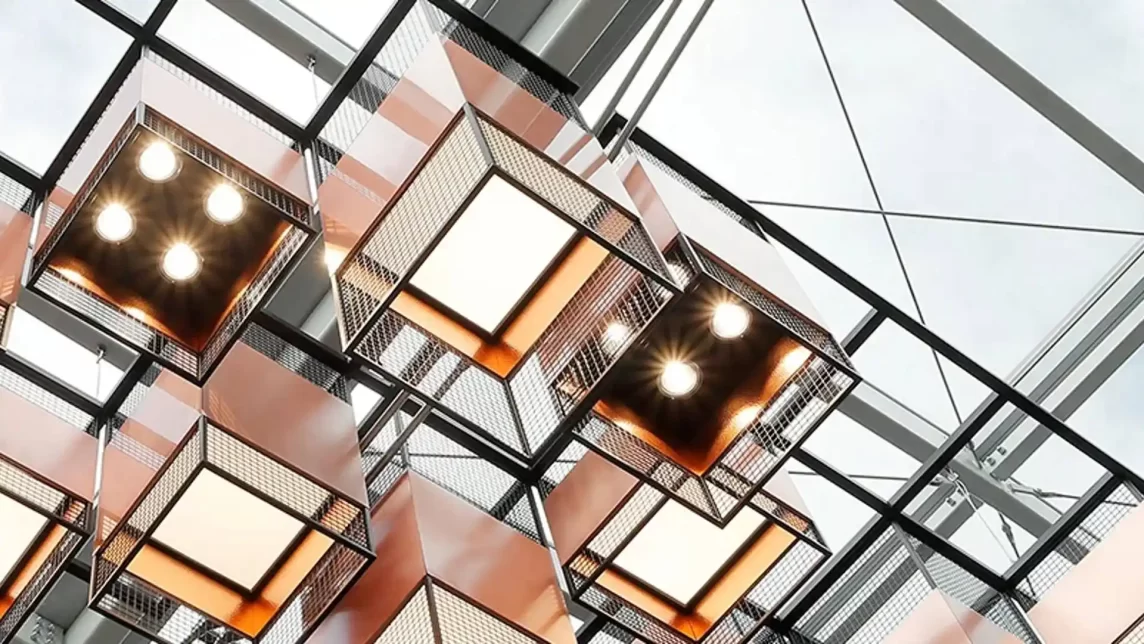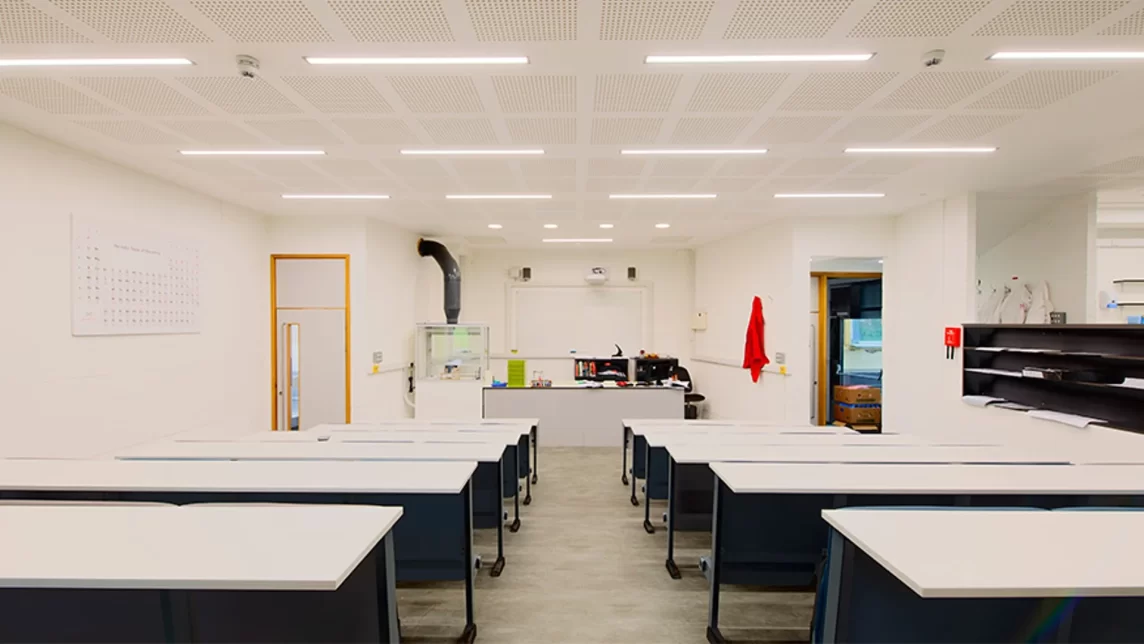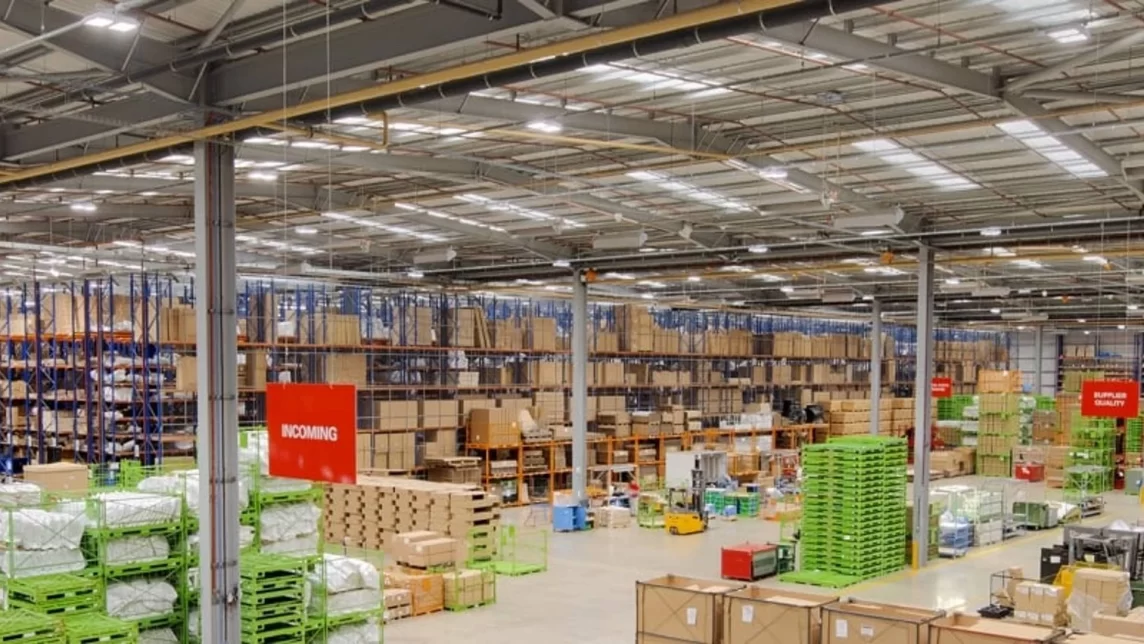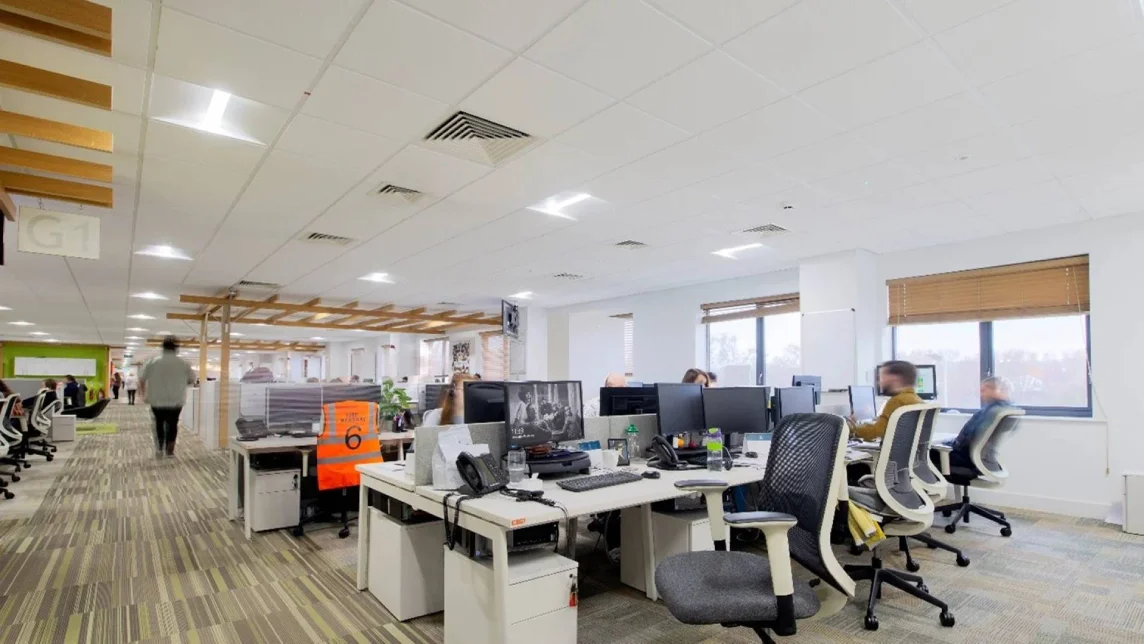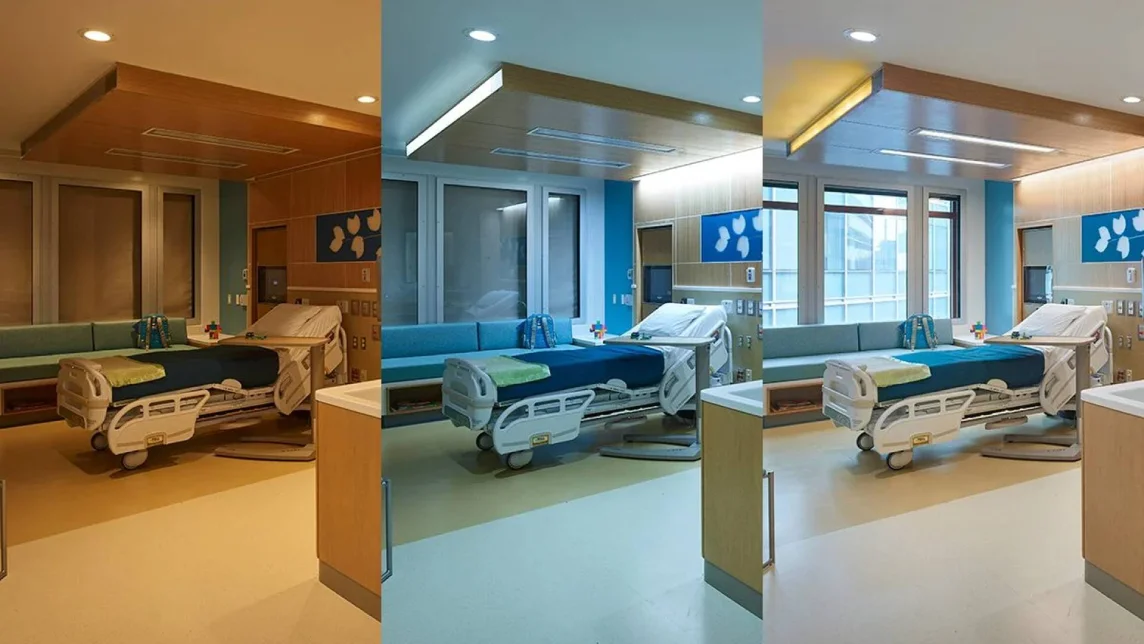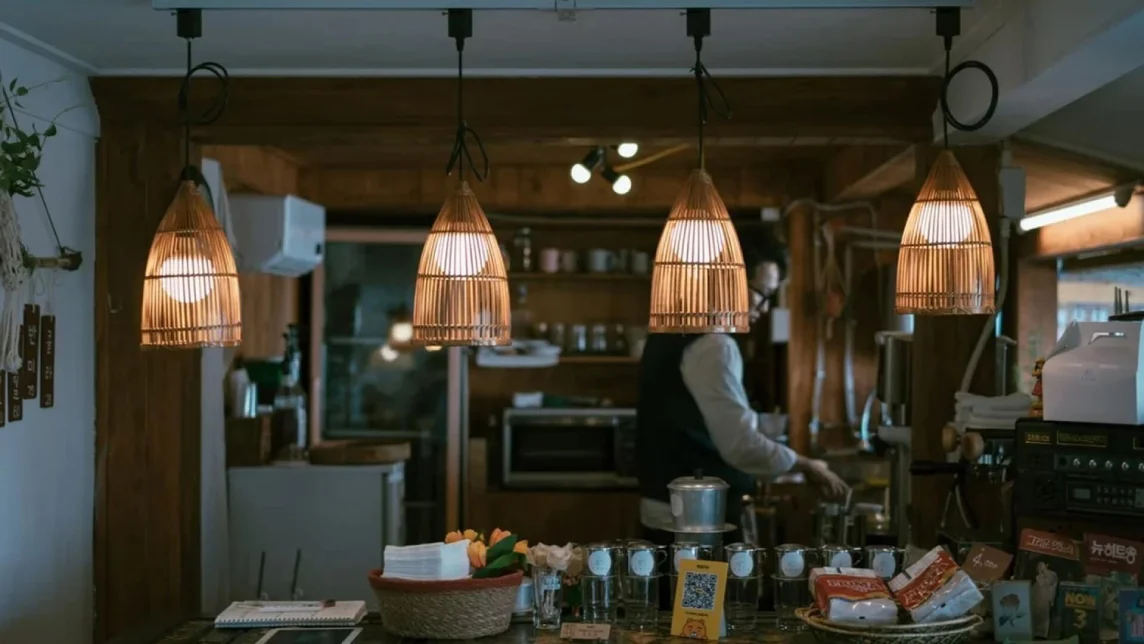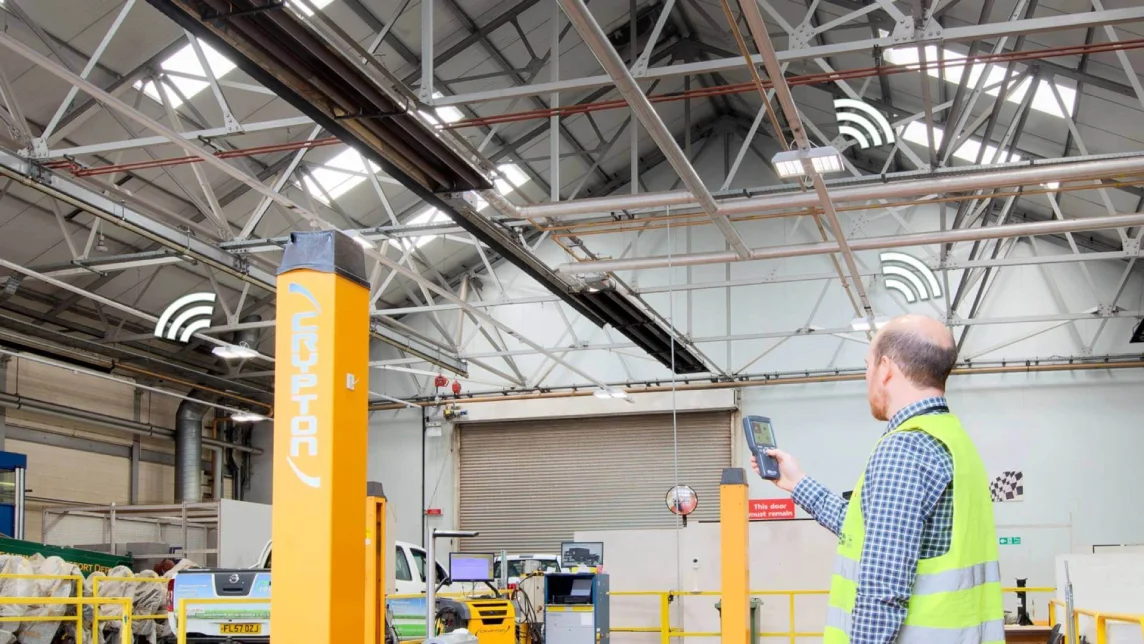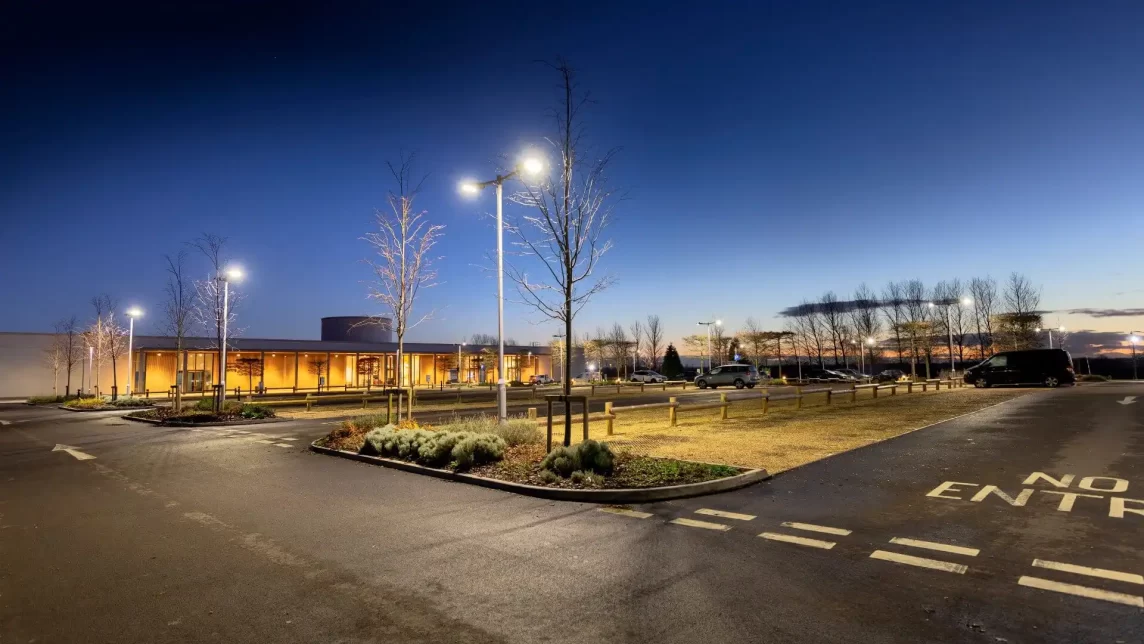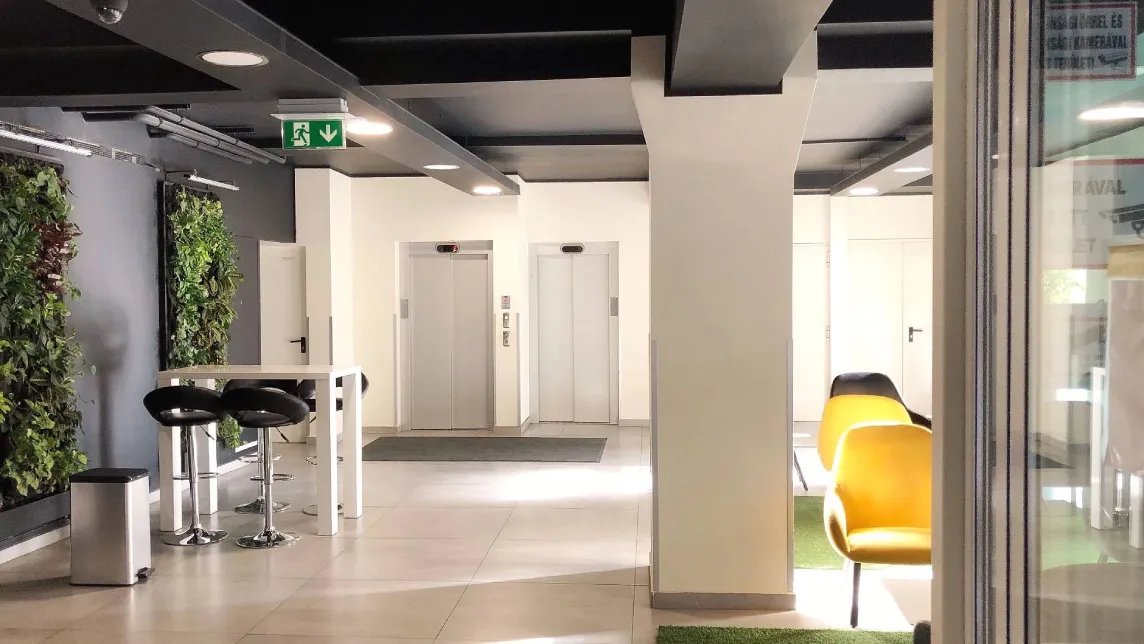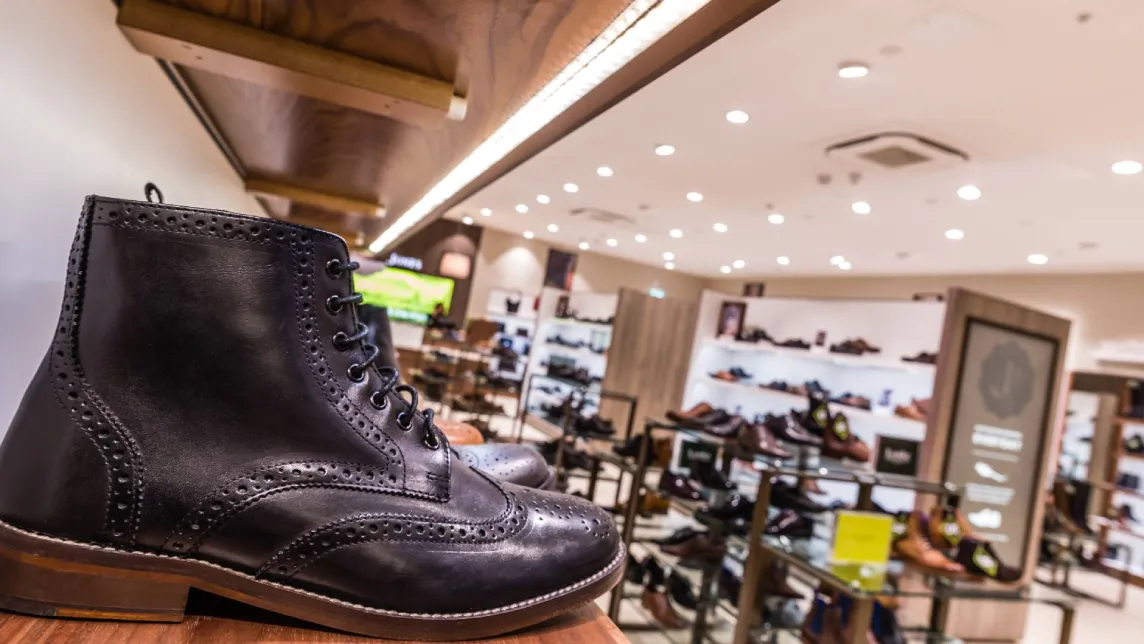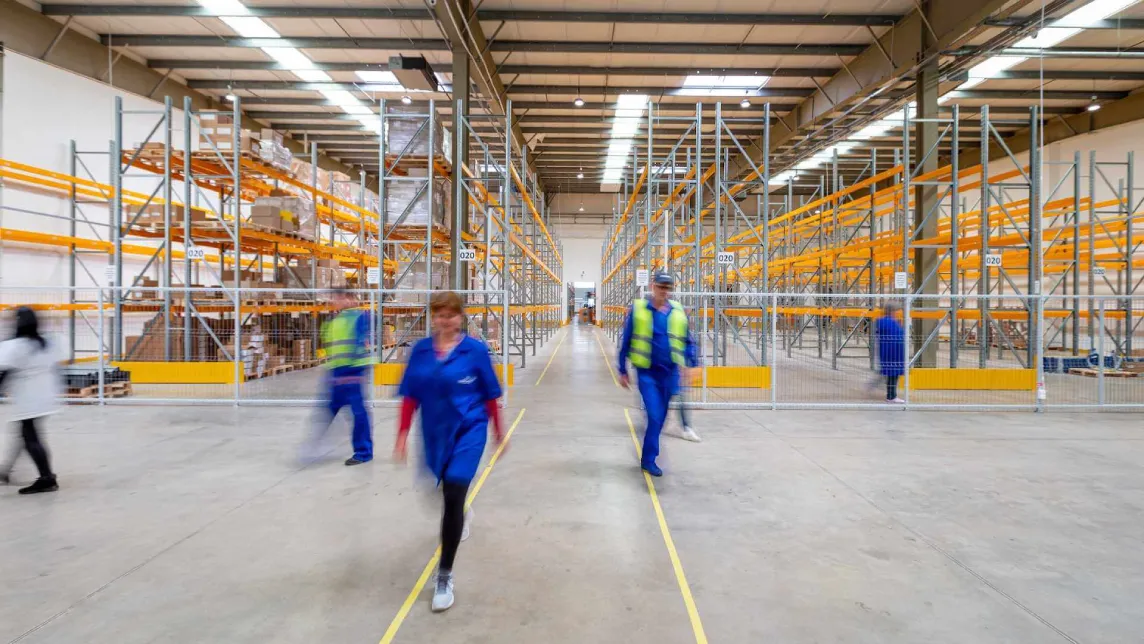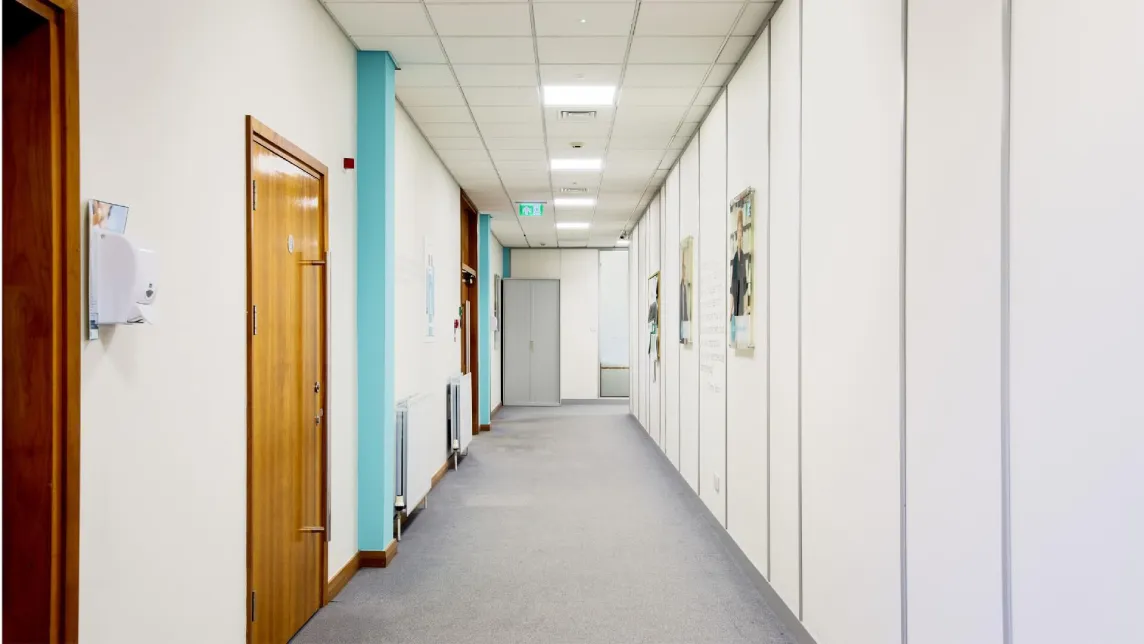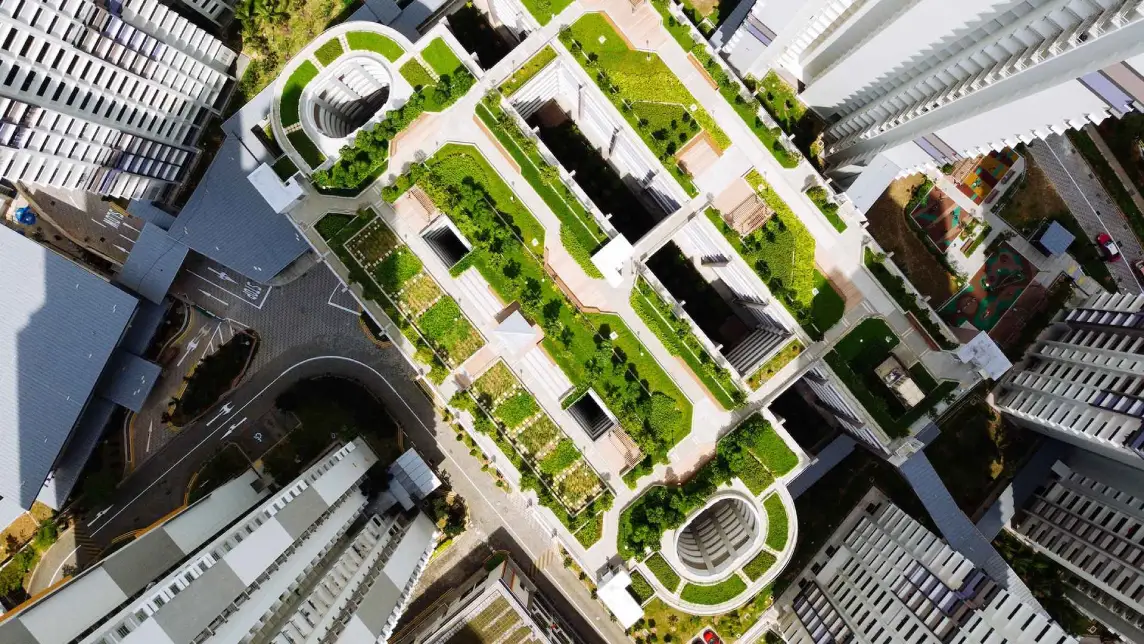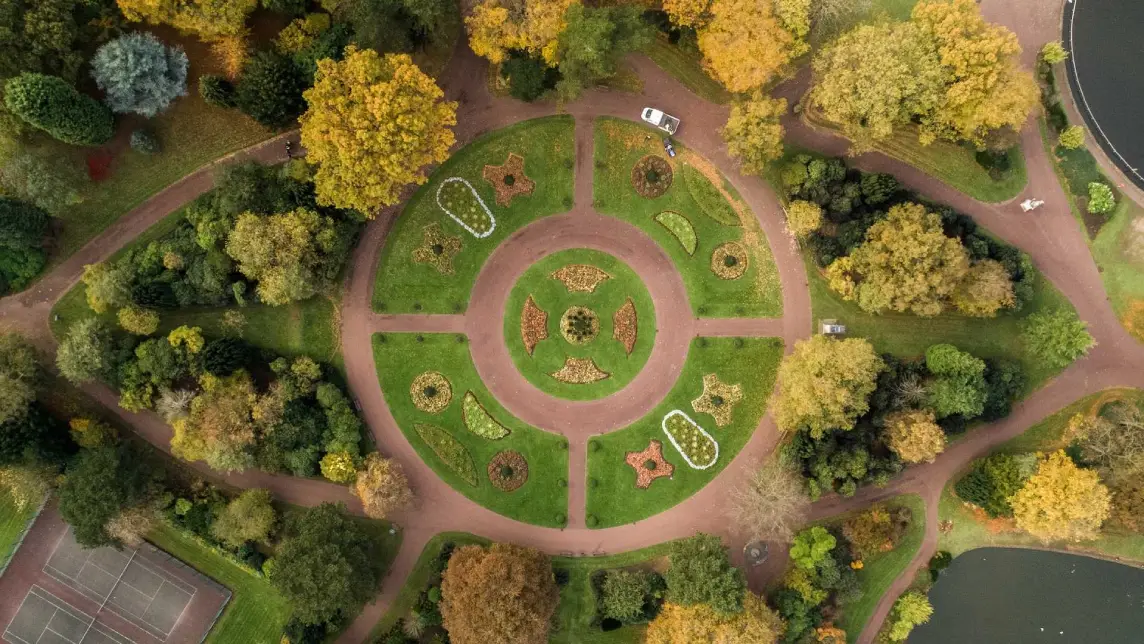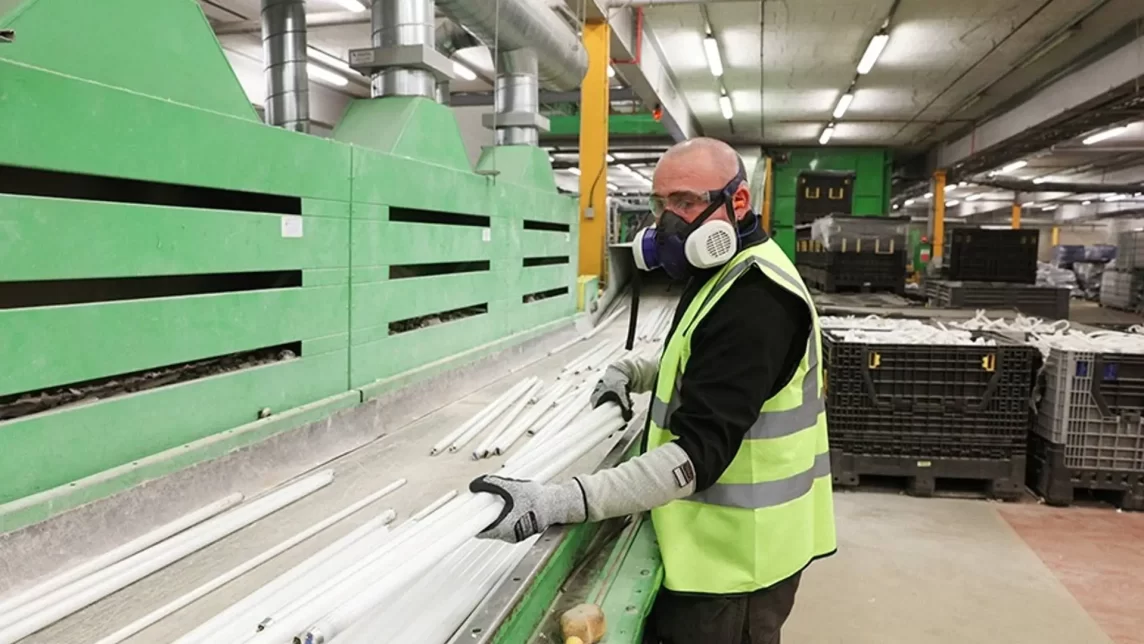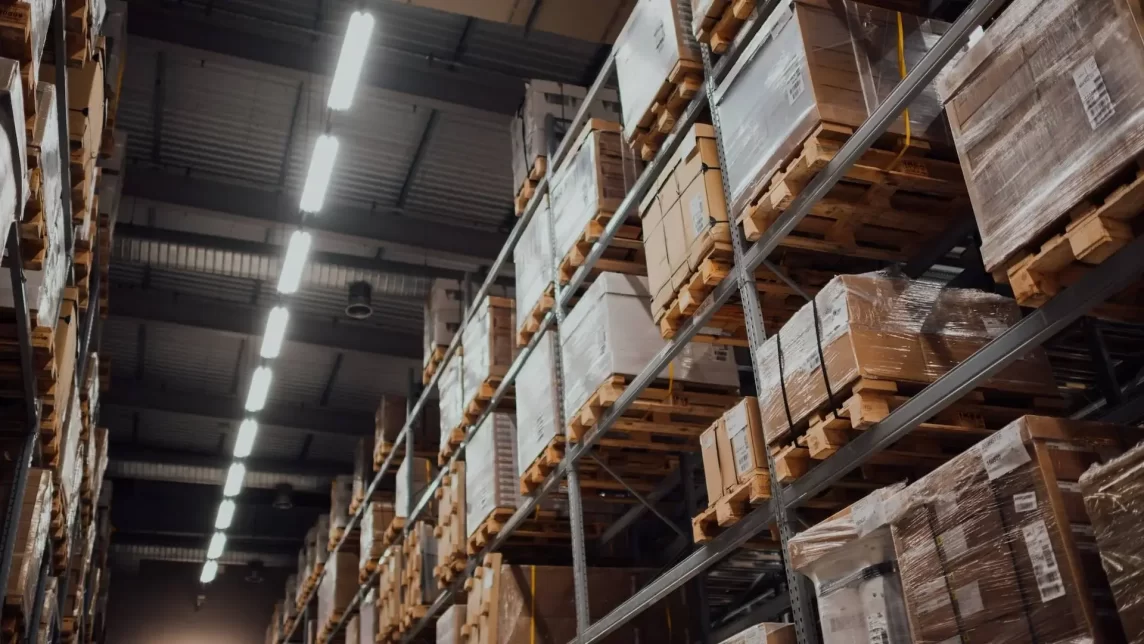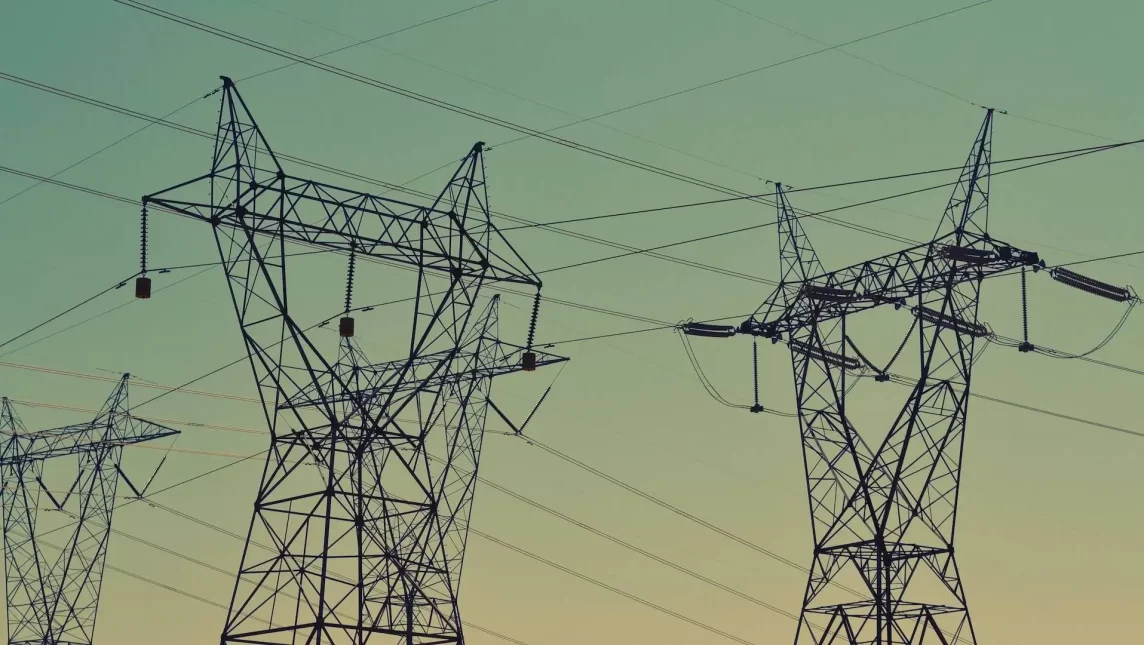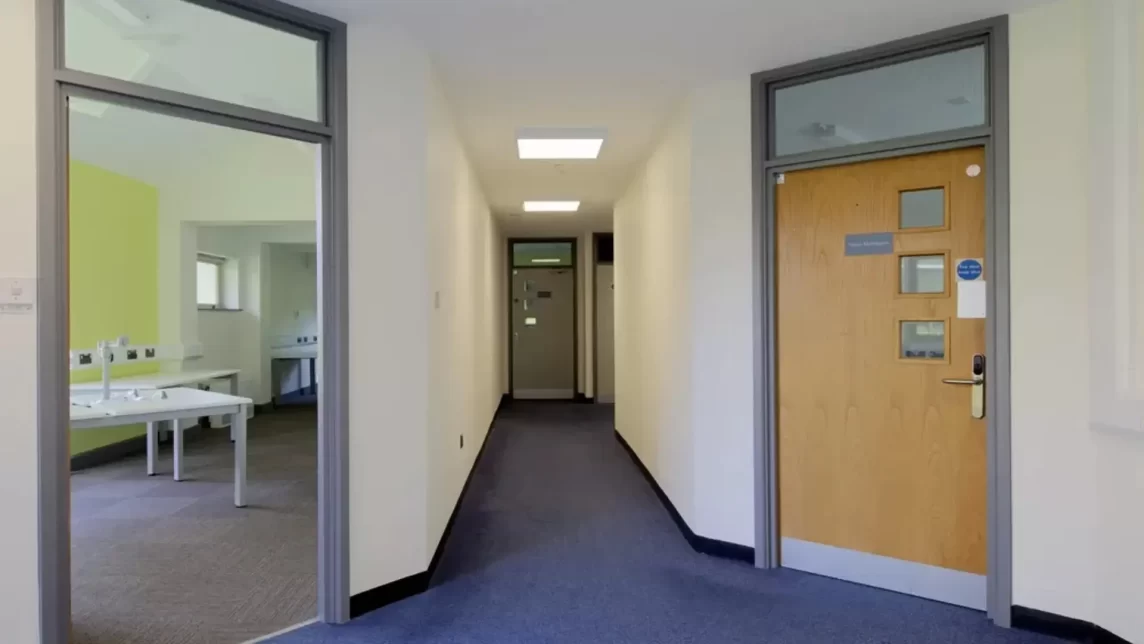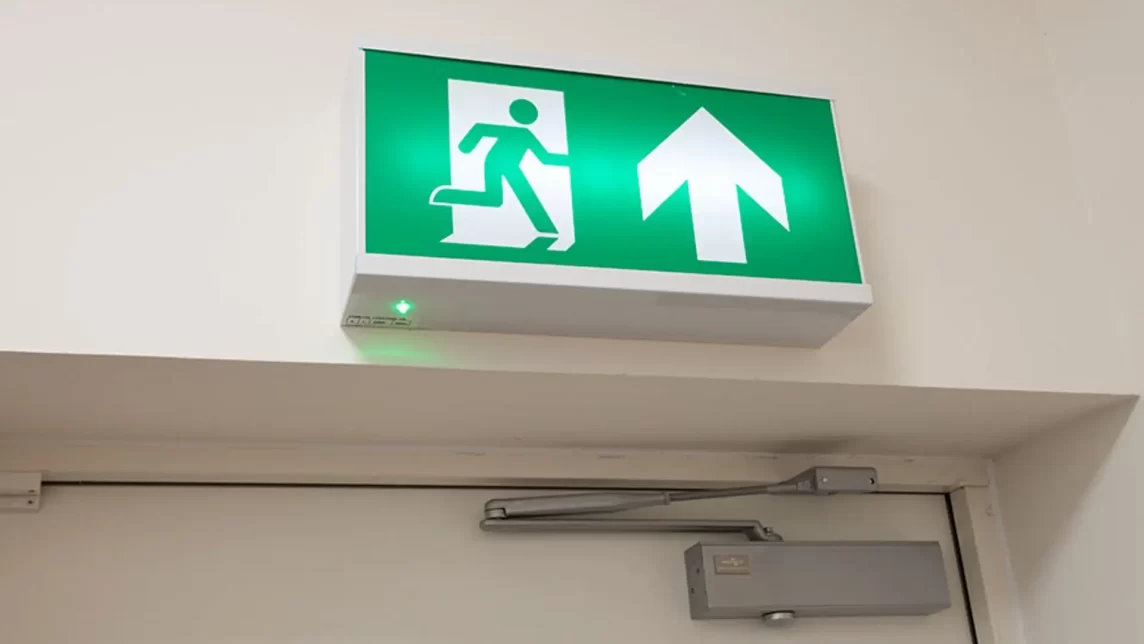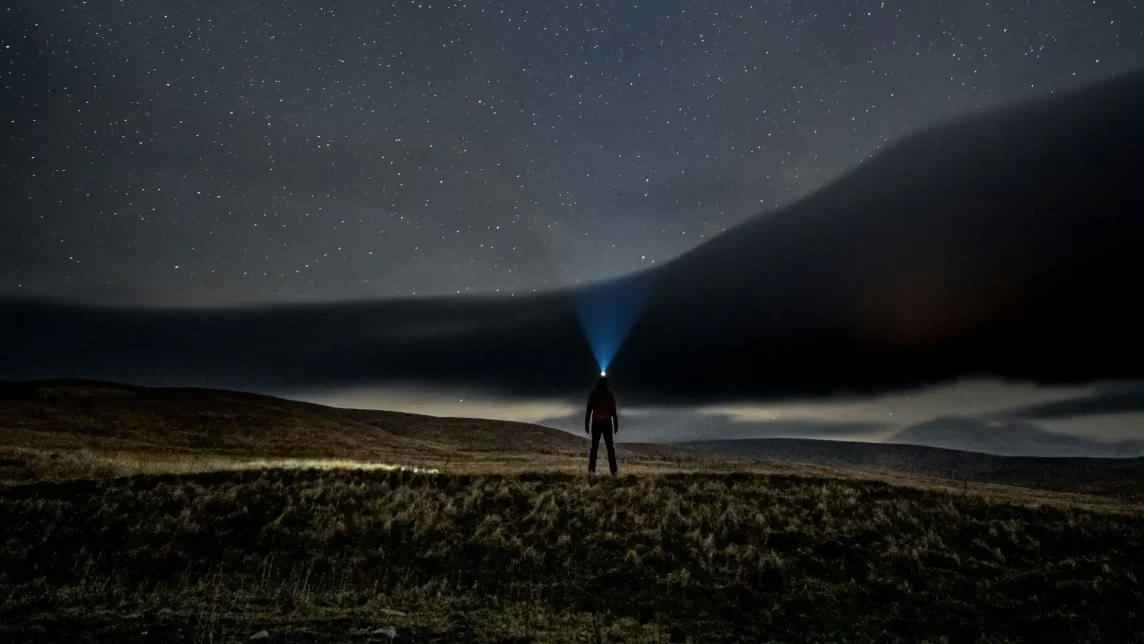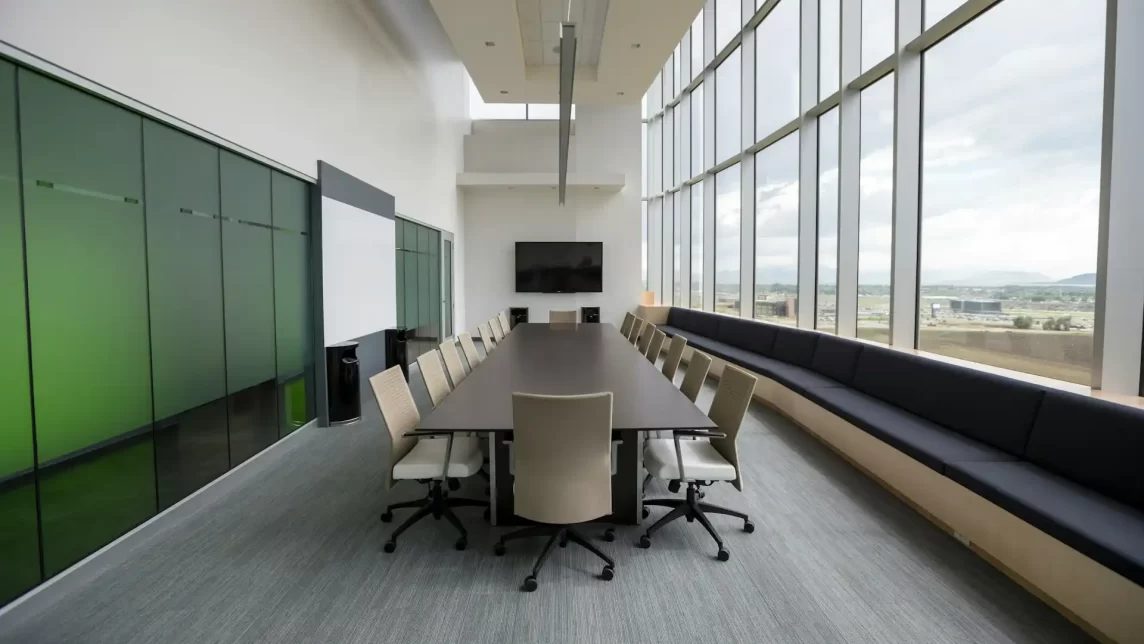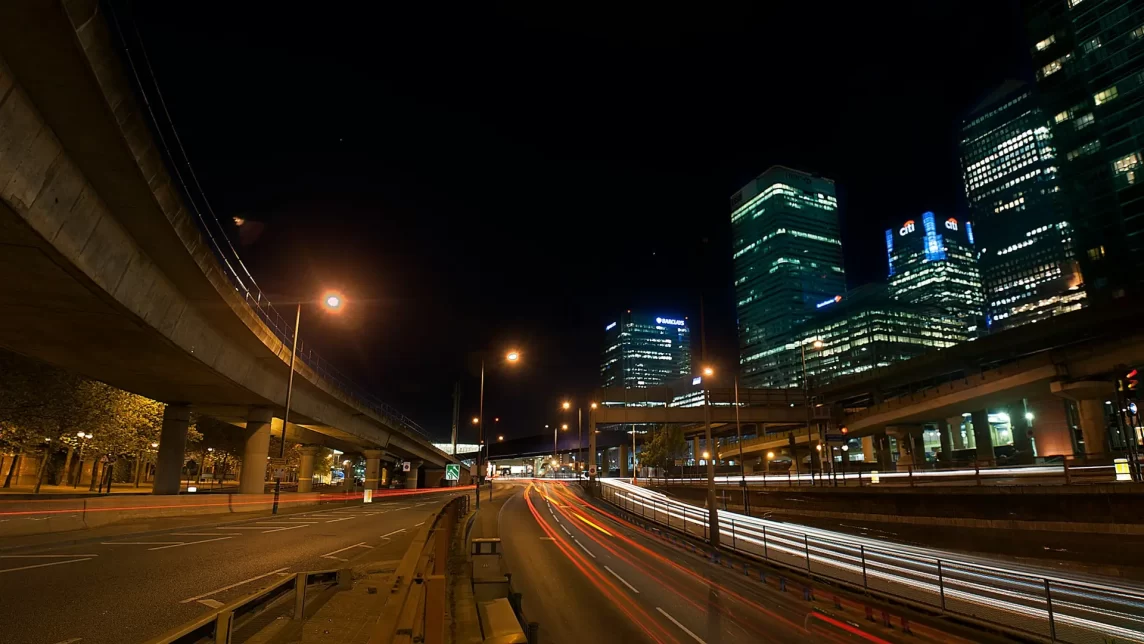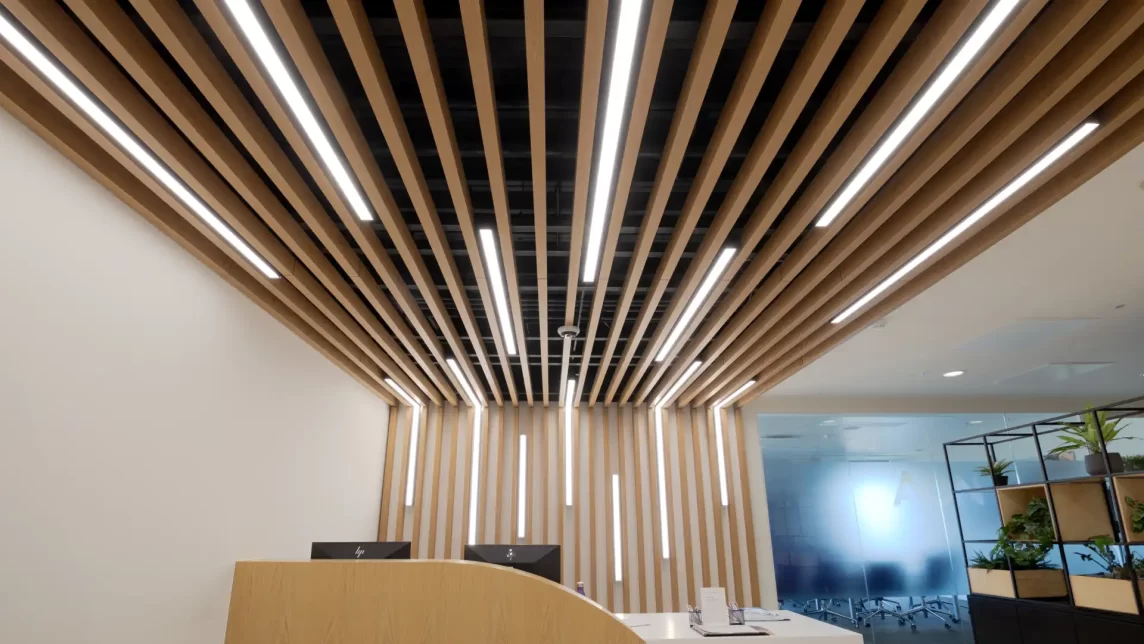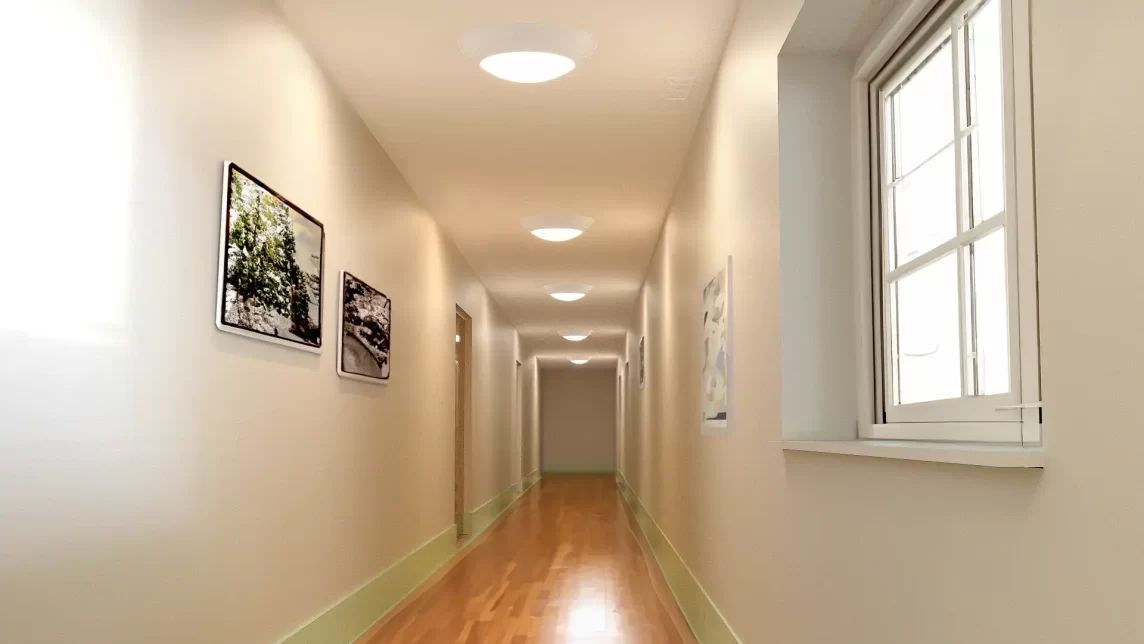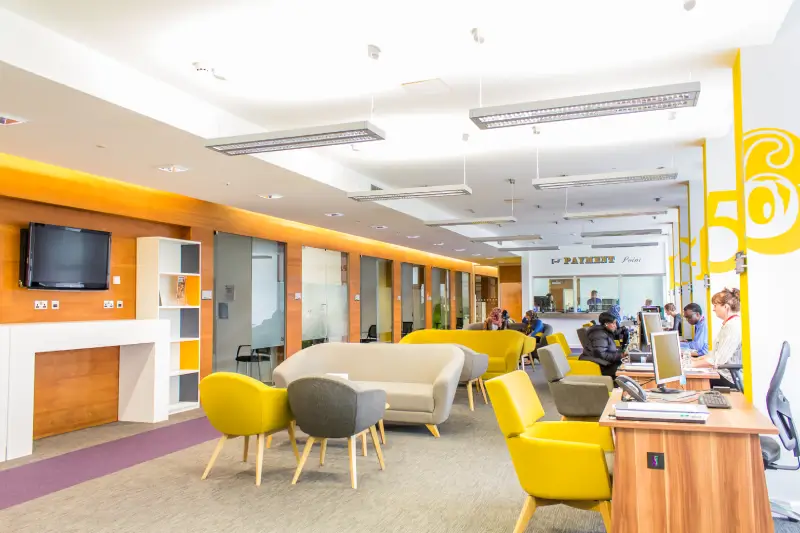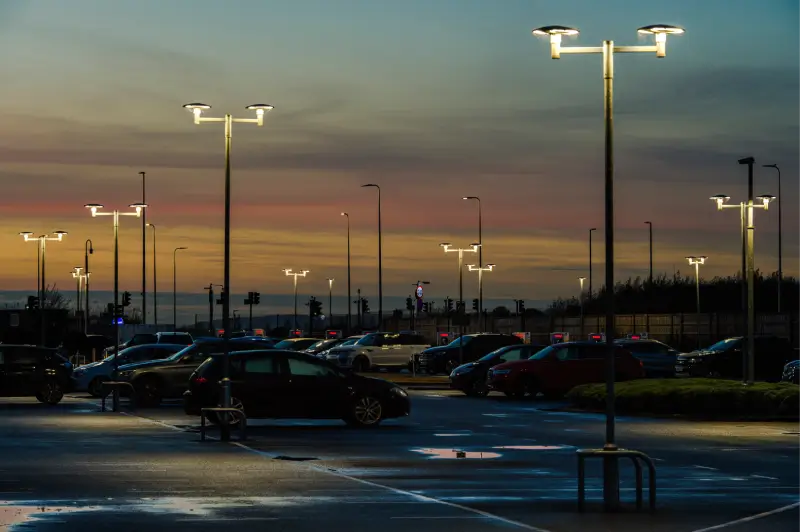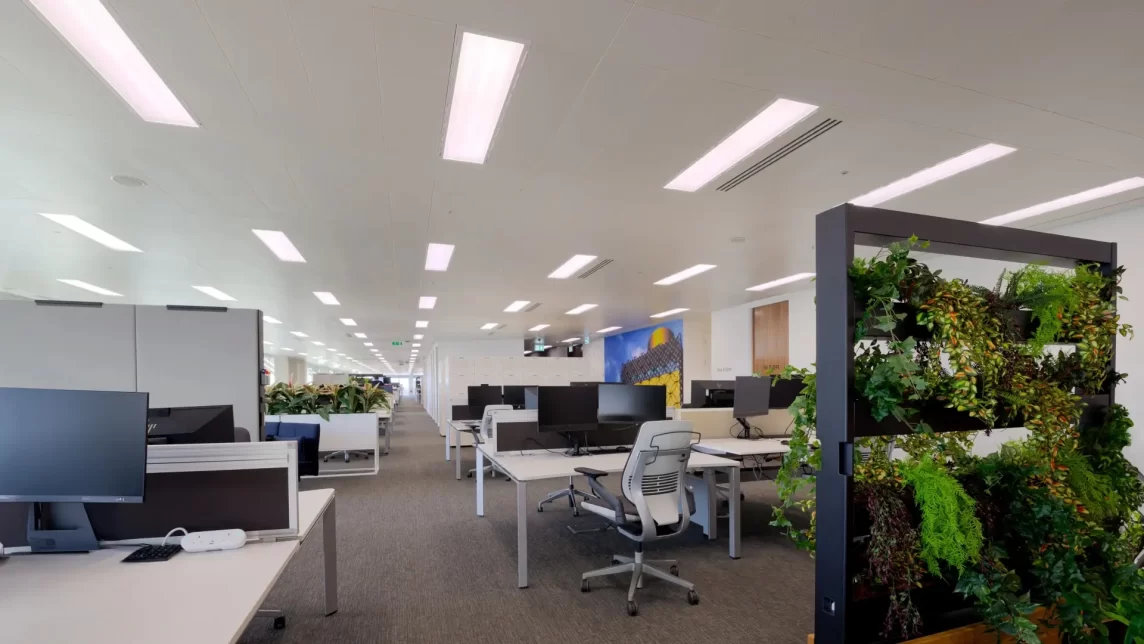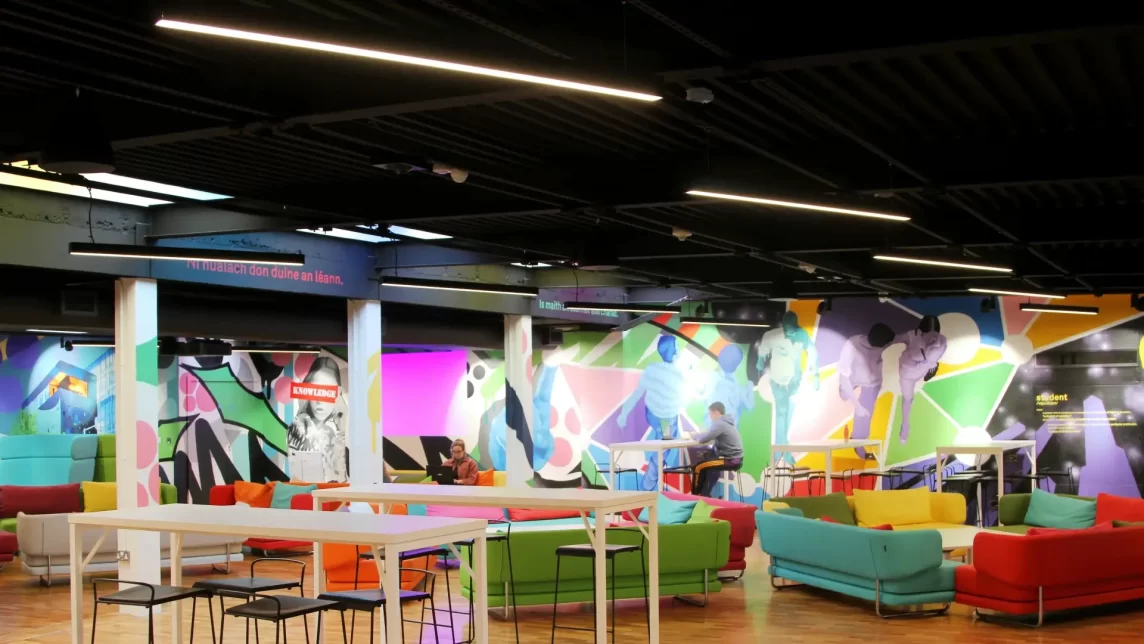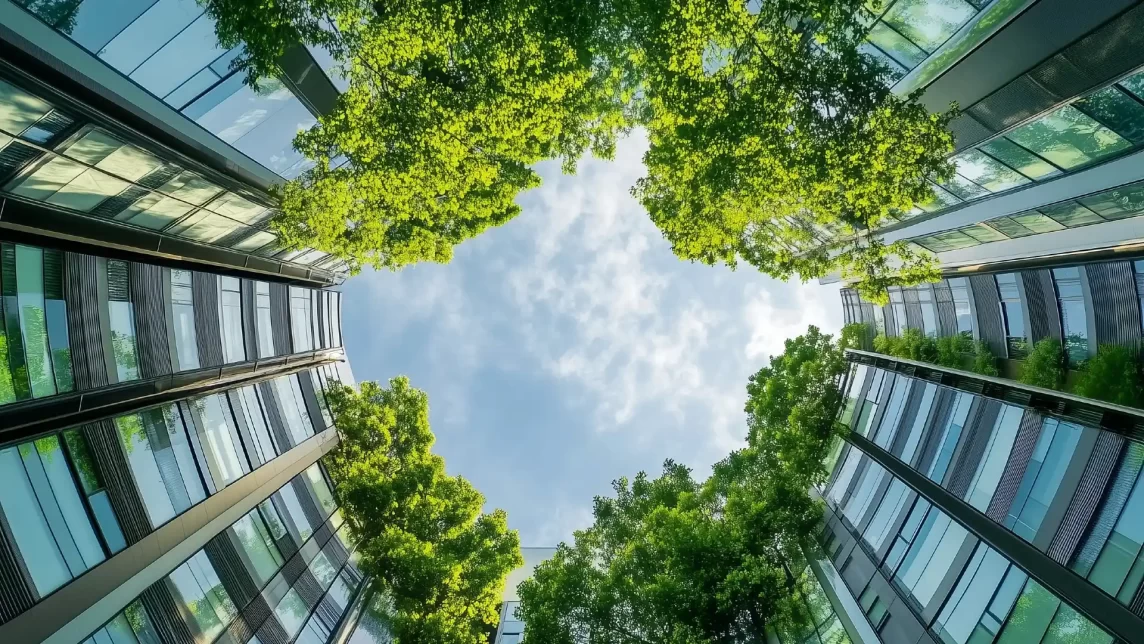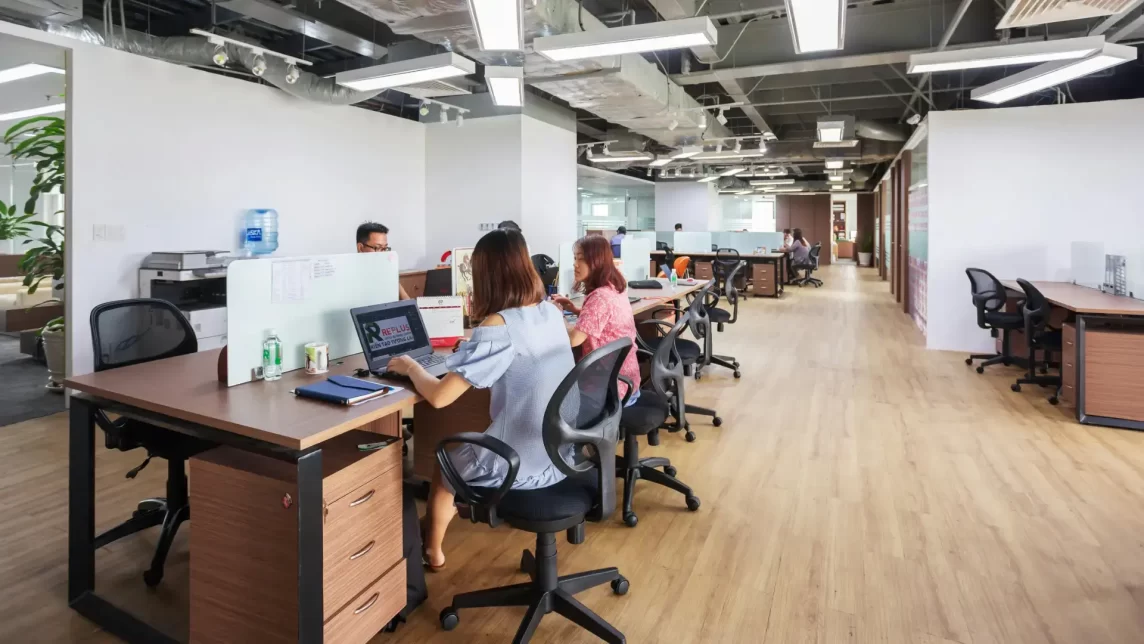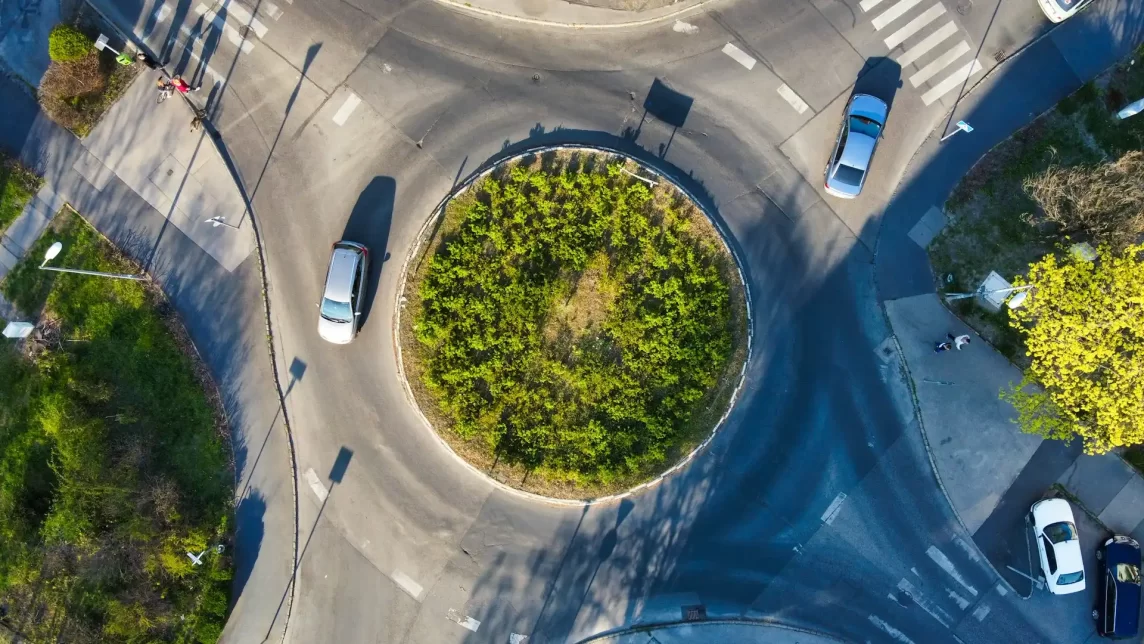
Circular lighting is a sustainable approach to designing, producing, and managing lighting systems. It is based on the principles of the circular economy, which aims to minimise waste, extend product lifecycles, and create closed-loop systems where resources are reused and recycled.
Circular lighting was a recurring theme at this year’s LIA Net Zero Lighting Conference. Specifiers and other stakeholders in the built environment’s supply chains are increasingly looking for more sophisticated methods to reduce the environmental impact of building services.
But what exactly does ‘circular lighting’ mean? And why are influential organisations, like the UK Green Building Council, advocating for circularity as a key measure to achieving sustainability in construction and building services. ?
The Key Features of Circular Lighting
Circular lighting maximises the reusability and longevity of materials and resources, supporting multiple sustainability goals, including in the following six ways:
1. Resource Efficiency:
Traditional lighting systems often rely on a linear model of production, use, and disposal, leading to significant waste. Circular lighting, on the other hand, focuses on the reuse and recycling of materials. By designing products that can be disassembled and their components repurposed or remanufactured, the demand for new raw materials is reduced, conserving natural resources.
2. Waste Reduction:
Products in a circular lighting system are designed to minimise waste. Their modularity and upgradability of these systems mean that individual components can be replaced without discarding the entire fixture. Additionally, at the end of their lifecycle, these products are recycled rather than sent to landfills, further reducing waste.
3. Energy Efficiency:
Circular lighting incorporates energy-efficient LED technology and may also include controls. These use less energy compared to traditional incandescent or fluorescent ‘bulbs’, thereby reducing the carbon footprint of lighting.
4. Extended Product Lifespan:
By designing lighting products for longevity and ease of repair, circular lighting ensures that these products remain in use for as long as possible. This approach not only reduces the environmental impact of manufacturing new products but also lowers the overall cost for consumers.
5. Innovation and Economic Growth:
The shift towards circular lighting encourages innovation in product design and business models. For example, as well as solely offering new luminaires, businesses may offer lighting as a service, maintaining responsiblity for the product throughout its lifecycle, which encourages more durable and sustainable designs. This shift fosters economic growth while promoting environmental stewardship.
6. Reduced Environmental Impact:
Circular lighting reduces greenhouse gas emissions and other environmental pollutants. The decreased need for raw material extraction, coupled with lower energy consumption and waste generation, results in a smaller environmental footprint for the lighting industry. Importantly, these factors help reduce the embodied carbon or Whole Life Carbon Assessment of circular lighting products, a measure of sustainability that is increasingly used in the built environment sector.
Tamlite’s Contribution to Circular Lighting
As a leading UK lighting manufacturer, Tamlite is committed to developing sustainable and energy efficient products that contribute to a more circular economy. A key focus is luminaires that can be easily serviced, supporting customers’ ‘right to repair’:
- Our CIRCA luminaire for the retail sector was specially designed for ease of maintenance and to use local resources. It won Energy Efficiency Product of the Year at the Electrical Review & Data Centre Review Excellence Awards 2023.
- REVO, our suspended luminaire, is designed and manufactured in Britain and scored 2.7 in the CIBSE Circular Economy Assessment Method (CEAM) -TM66, which ensures accountability of circularity claims.
The lighting industry has made significant strides in developing models for more circular lighting systems. Tamlite and other major players have collaborated with the Chartered Institute of Building Services Engineers (CIBSE) to create a series of Technical Notes and Standards, helping manufacturers design, assess and demonstrate more circular lighting products.
By advocating for smarter and more sustainable solutions, lighting manufacturers can support the wider built environment progressing towards a more sustainable future.
For more information, visit: https://tamlite.co.uk/environmental/tm66/




